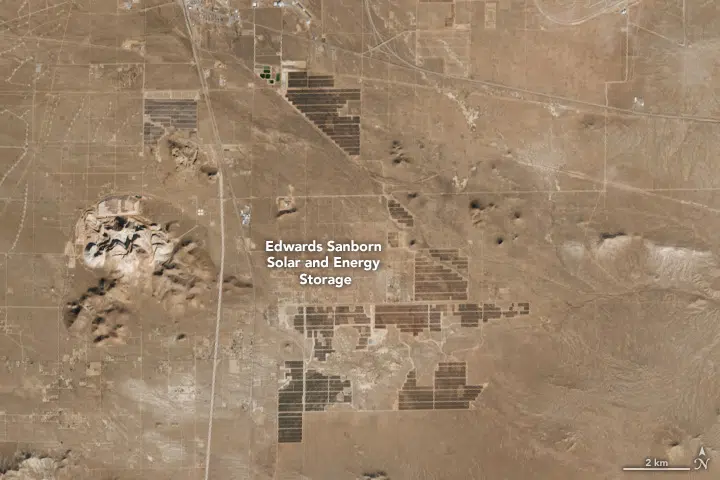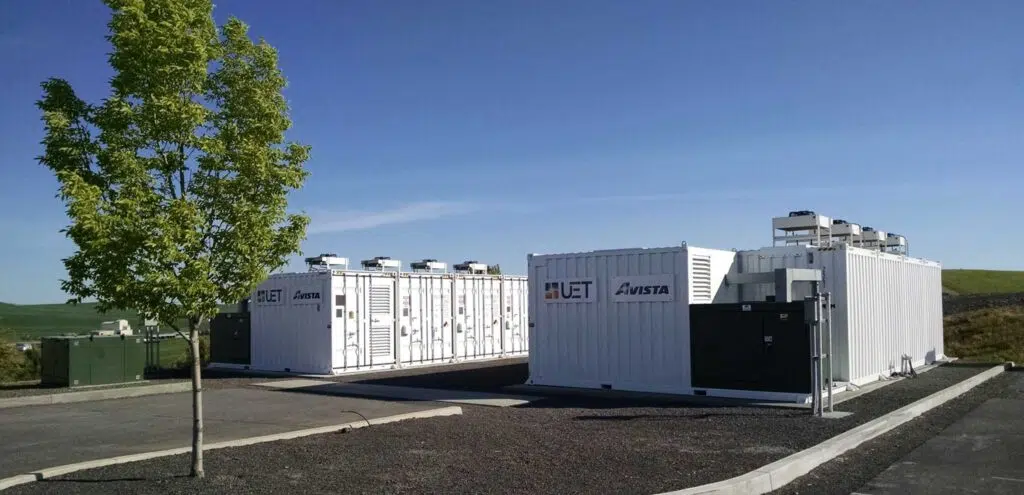Why solar lighting is best for BESS
Here’s something worth celebrating: In 2022, renewable energy sources generated more electricity than coal in the United States for the very first time. The previous year, renewables even surpassed nuclear energy production. By 2050, the International Energy Agency (IEA) predicts that renewables will provide an impressive 44% of U.S. electricity, with solar alone contributing more than half of that total. While these are encouraging milestones, there’s still a challenge ahead. Unlike fossil fuels, renewable energy sources such as wind and solar aren’t always consistent or predictable. This means energy needs to be captured and stored for times when demand exceeds supply. So, if you’re thinking about batteries when you hear the words ‘energy’ and ‘storage,’ you’re definitely on the right track. Lithium-ion batteries, in particular, play a critical role in integrating renewables into the grid, as well as helping to balance the load. Their use has skyrocketed recently thanks to the rise of Battery Energy Storage Systems (BESS). These massive facilities can span up to 4,600 acres and hold up to 3,300MWh of capacity. Given their vast size and remote locations, BESS facilities are ideal candidates for solar-powered solutions. In this article, we’ll explore the current and future landscape of BESS, the challenges involved in lighting them, and why solar lighting is the most effective option. Think of a BESS as a kind of savings account for energy. You can 'deposit' electricity into it—whether from solar farms, wind turbines, or the grid during off-peak hours—and 'withdraw' it when needed. Unlike your typical battery, a BESS is more complex, consisting of multiple battery modules along with essential technologies like inverters (to convert DC to AC), a battery management system (to regulate charging and discharging), and sensors (to monitor performance and conditions). All these components are typically housed inside something that looks like a large shipping container. Here's a visual example: Since the early 2000s, approximately 460 BESS installations have been completed across the U.S., a number that’s expected to increase dramatically due to factors like electric vehicle adoption, advancements in artificial intelligence, and the growing popularity of smart sensors and electronics. The Inflation Reduction Act (IRA) has also provided a major boost, offering a 30% investment tax credit for BESS projects—a credit that can also apply to solar lighting installations! >>Watch the evolution of battery storage plants in the United States (click any point to view its details)<< Similar to solar farms, military bases, and industrial facilities, BESSes often occupy expansive areas—Florida Power and Light’s Manatee facility covers the equivalent of 30 football fields. These large-scale installations frequently include secure perimeters and diverse infrastructure, such as roadways, parking lots, and access points, all of which require dependable, high-quality lighting for personnel safety. However, many BESS sites are located in remote areas, making traditional wired lighting impractical and costly. Digging trenches near potentially hazardous chemicals, laying cables, and managing installation expenses could drive costs through the roof. Take, for instance, the recently opened Edwards & Sanborn facility, which sits in the heart of the Mojave Desert. Source: NASA Earth Observatory highlights the typically isolated locations of BESS facilities. Solar lighting solves every issue mentioned above and more. It’s quick, flexible, and minimally invasive to install. Since it’s entirely autonomous (grid-free), systems can be placed wherever light is needed. Some models, like Sol’s all-in-one iSSL systems, can be set up in under 15 minutes using basic tools. After installation, solar lights offer numerous advantages, including energy savings, a long service life, and minimal maintenance requirements. As they don’t rely on the grid or connect to the BESS itself, they generate their own power and eliminate recurring utility costs. High-capacity batteries and durable fixtures reduce replacement frequency, while self-cleaning, frameless PV panels make upkeep hassle-free. Lastly, solar lights align perfectly with facilities driving the shift toward renewable energy. They symbolize environmental consciousness and progress toward decarbonizing the grid, hinting at a cleaner energy future just around the corner. Have a BESS facility—or another project—you’d like to discuss? We’d love to hear from you! Contact us Customized Equipment,Carbon Steel Water Pressure Tank,Water Purification Device,Commercial Water Purification System Foshan Hongjun Water Treatment Equipment Co. Ltd , https://www.hjwastewatertreatment.comWhat Is a Battery Energy Storage System (BESS)?
BESS: Growing Bigger and Bigger
Challenges in Lighting BESS Facilities

A Sustainable Solution: Solar Lighting
